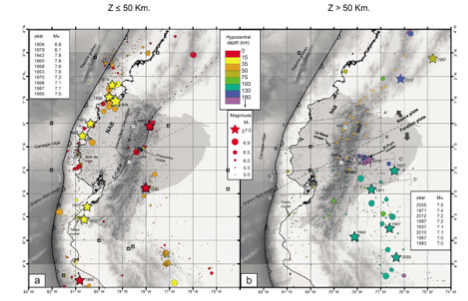Searching for Ecuador's seismogenic faults
Rafael Almeida
Yachay Tech University, Ecuador

- Date & Time
- Location
- Online-only seminar via Microsoft Teams
- Host
- Dawn Ruth
- Summary
Ecuador, located in South America, is roughly the size of Nevada, but is very active geologically. There are 84 Quaternary volcanoes, and three large fault systems that represent important sources of seismic hazard. These fault systems are the Nazca subduction zone, which sourced the 2016 Mw7.8 Pedernales earthquake and is the most studied fault system, the Subandean backarc fold and thrust belt, and the Interandean Valley fault system. The latter two have had well-documented historical and instrumental seismicity, but remain poorly understood and will be the focus of my talk. In the Interandean Valley fault system (analogous to the Sumatran fault system) we are currently carrying out several projects mapping intermontane basins to help constrain its Neogene history and with InSAR to constrain active fault processes. In the Subandean backarc fold and thrust belt we have carried out preliminary mapping in its northern section to constrain the structural geometry there. Our goal is to provide accurate and detailed source faults that can be used to improve the seismic hazard assessment for major cities and infrastructure in the country.
Closed captions are typically available a few days after the seminar. To turn them on, press the ‘CC’ button on the video player. For older seminars that don’t have closed captions, please email us, and we will do our best to accommodate your request.
 Jump to Navigation
Jump to Navigation